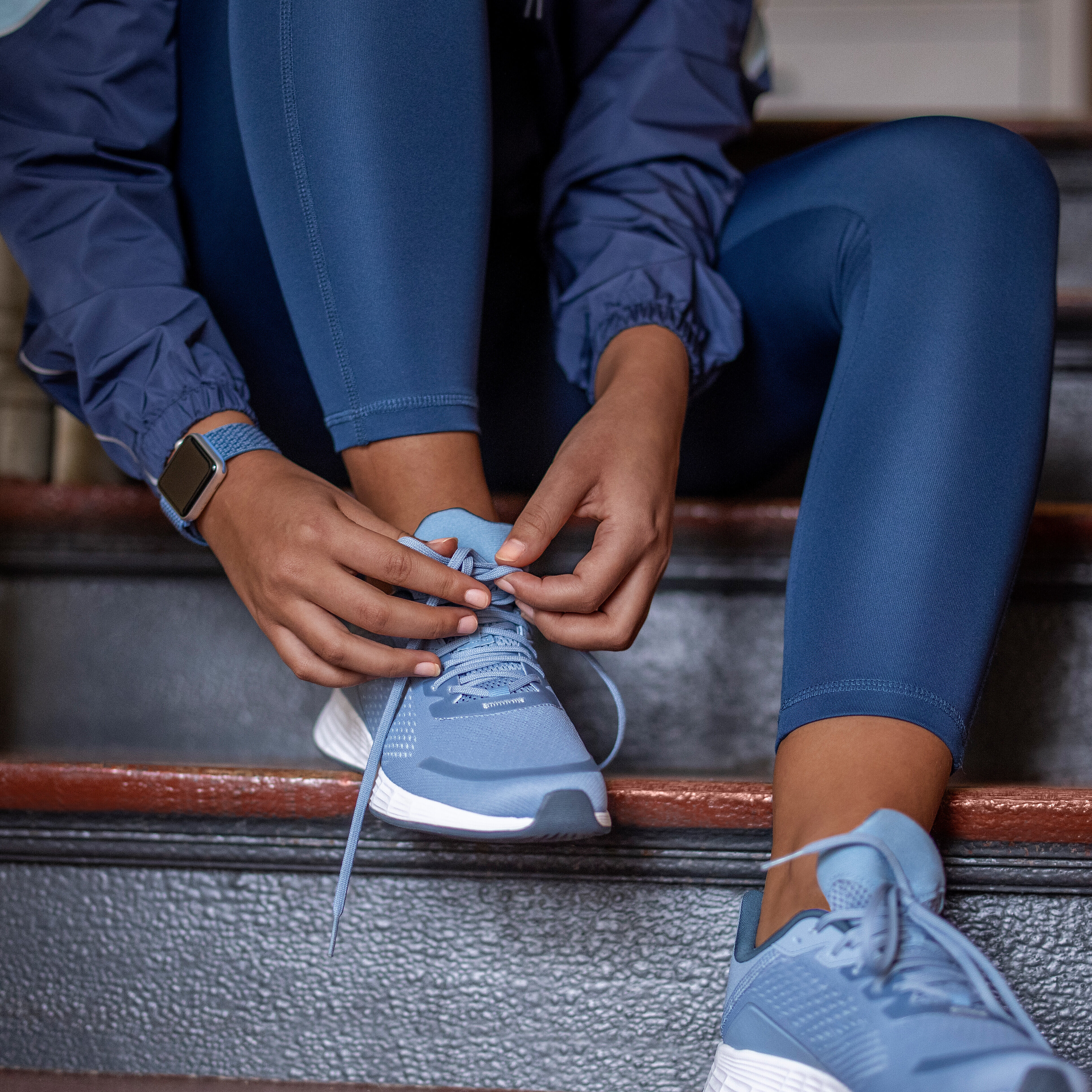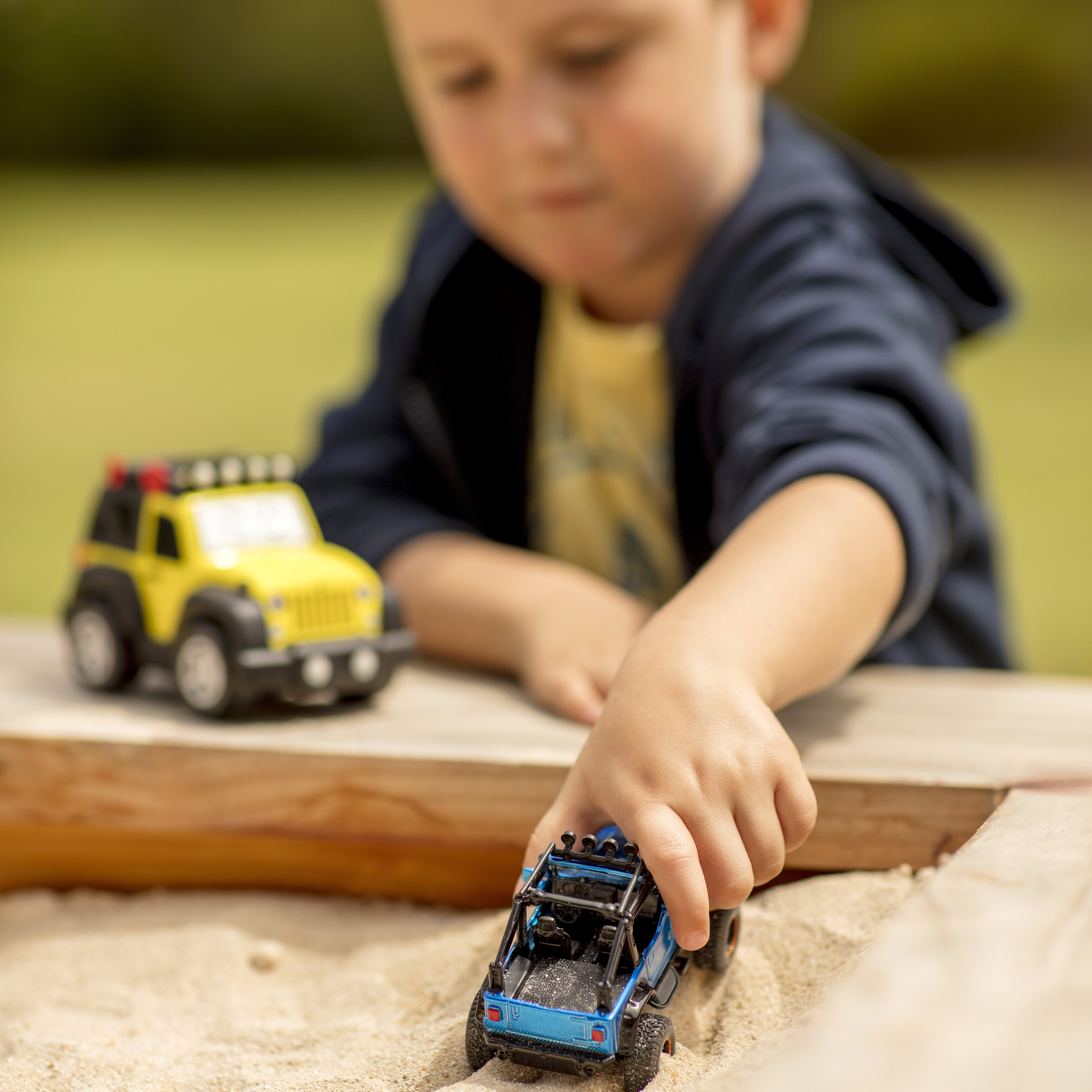Juvenile idiopathic arthritis
Juvenile idiopathic arthritis, also known as JIA – what is it?
Joint inflammation does not only occur in older people. Juvenile idiopathic arthritis, or JIA for short, is the technical collective term for rheumatic diseases in children and adolescents. How does it come about and from what age does this disease occur? How does this disease manifest itself and how is it treated? Please read on.

Rheumatism in children
Even the youngest can be affected
Juvenile idiopathic arthritis is a chronic inflammatory joint disease in children and adolescents. The word juvenile refers to the early age of onset of the disease, idiopathic refers to the unknown cause, and arthritis can be translated as joint inflammation. Other names for juvenile idiopathic arthritis are juvenile chronic arthritis (JCA) or juvenile rheumatoid arthritis (JRA).
The disease is divided into several subtypes depending on the symptoms. There is the oligoarticular form, in which few joints are affected (oligos from Greek: few, arthron: joint). There is also the polyarticular (poly from Greek: many) and the systemic JIA (affecting the whole body) form.
Juvenile idiopathic arthritis can be associated with psoriasis or enthesitis, which is an inflammation of the enthesis, the tendon attachment site on the bone (enthesis in Greek: attachment). Enthesitis-associated arthritis is when the tendon attachments are inflamed in addition to the joints. Around 70 to 80 per cent of sufferers are boys.

What is the course of childhood rheumatism?
There are different manifestations that vary in the number and pattern of joints affected. In some patients, only a few joints are inflamed at first. Often the large joints, such as knee joints and ankle joints, are affected (oligoarthritic form of JIA). In the active phase of the disease, the joints are painful, swollen and overheated, and their mobility is significantly limited. In order to relieve the joints, those affected then adopt typical incorrect and relieving postures. Performance is reduced in children with rheumatism, and those affected appear tired and fatigued.
In so-called polyarthritis, the number of affected joints is higher. The smaller joints, such as the finger and wrist joints, are usually inflamed. Sometimes changes are already noticeable here that are familiar from other rheumatic diseases. Some deformities of the fingers are similar to those of rheumatoid arthritis in adults.

Limited finger mobility has the consequence that in certain phases of the child's development, learning new skills is significantly more difficult. This is evident, for example, when grasping objects or writing.
If the child affected has inflammation of the joints together with psoriasis, or if a first-degree relative has psoriasis, this form is called psoriatic arthritis, which we discuss in detail HERE. In about half of the patients, the joint inflammation appears first, and in the other half, the psoriasis.
The systemic form of JIA is fundamentally different from the other forms of JIA. Accompanying the joint involvement are recurrent fevers, typically with one to two fever peaks daily, and skin rashes. There may also be organ involvement.
Some patients with JIA develop inflammation of the iris of the eye. It usually occurs gradually and is noticeable through symptoms such as pain, sensitivity to light and reddened eyes.
Approximately one child in 1000 suffers from juvenile idiopathic arthritis. Worldwide, more than 3 million children are affected by juvenile rheumatism¹. Juvenile idiopathic arthritis is thus the most common chronic inflammatory rheumatic disease in childhood. The majority of cases affects girls.
Causes of rheumatism in children
When the immune system is misdirected
The cause of juvenile arthritis is still largely unknown. However, it can be assumed that the decisive process is a misdirected reaction of the immune system. This defence apparatus has the task of recognising dangerous pathogens, foreign substances and pollutants and destroying them in a targeted manner. The body's own substances and surrounding tissue are normally recognised and tolerated by the cells of the immune system. However, if cell-cell communication is disturbed, the immune system also unleashes its destructive activity against the body's own tissue, leading to an inflammatory reaction.

Juvenile arthritis symptoms
Limping or relieving postures are possible symptoms
In the active phase of the disease, the joints hurt, are swollen and overheated, and their mobility is clearly limited. In order to relieve the joints, patients adopt typical incorrect and relieving postures. Performance of the young patients is reduced; they appear tired and fatigued.
The symptoms of juvenile idiopathic arthritis are similar to those of other rheumatic diseases in the early stages. A paediatric rheumatologist specialises in the particularities of diagnosis and can initiate and monitor effective and tolerable treatment.
How is juvenile idiopathic arthritis diagnosed?
To make a diagnosis, the paediatric rheumatologist asks about the type, onset, and course of the current symptoms. Indications of triggering events and other cases of inflammatory rheumatic disease in the family history are important. Every painful joint is noted during the thorough physical examination. The doctor will also look for skin changes and eye involvement.

PHYSICAL EXAMINATION
The starting point for the first impression of the state of health
BLOOD TEST
If relevant blood values are elevated, this is an indication
IMAGING PROCEDURES
Various imaging techniques can be used to visualise the condition of the affected joints
The blood test provides information about the current inflammatory process. The blood values show the functioning of the internal organs and allow for more precise statements about the further course of the disease.
In addition, the doctor uses imaging techniques such as X-ray and ultrasound examinations to learn more about the condition of the inflamed joints and to detect possible damage.
If patients are still at an early stage of development or very young, diagnosing juvenile idiopathic arthritis can be difficult because children are only able to describe their symptoms accurately after they have reached a certain age.

Therapy of juvenile idiopathic arthritis
A paediatric rheumatologist selects the medicines²
For the treatment of juvenile idiopathic arthritis, primarily non-steroidal anti-inflammatory drugs - NSAIDs for short, so-called basic therapeutics, and corticosteroids are available.
The NSAIDs help against joint pain, swelling and fever. They work quickly and usually improve the patient’s condition within hours to days. In mild cases, this therapy is often sufficient. However, if the disease progresses chronically, additional basic therapeutics are needed. They have a regulating effect on the dysregulated immune system and can weaken and prevent further progression of the autoimmune disease.
The basic therapeutics include the conventional synthetic disease-modifying anti-rheumatic drugs (csDMARDs). The main approach of the basic therapeutics is to regulate the dysregulated immune system and thus to stop or at least slow down juvenile idiopathic arthritis. In severely ill children, so-called biologic DMARDS, or biologics for short, can also be used. These are medicines that are directed against the body's own messenger substances, which play an important role in the development and maintenance of the rheumatic disease.
Corticosteroids have also proven effective. They have a strong anti-inflammatory effect and are either taken in tablet form or injected as a solution directly into the inflamed joint. These substances have a very fast pain-relieving and short-term anti-inflammatory effect. However, they do not influence the actual course of the disease. In most patients, corticosteroids are used until the inflammation and pain subside significantly. Afterwards, the dose is often reduced or the medicine is discontinued entirely.
In addition to medicines, non-drug forms of treatment are also available. Physiotherapeutic exercises, physical therapies, patient education, and aids such as insoles are at the forefront of these measures.
Physiotherapy serves to prevent movement restrictions, joint stiffness and abnormal positions, and to avoid evasive movements and unfavourable movement patterns. In case changes of this kind have already occurred, it attempts a correction with the aim of restoring normal conditions.
Sources
1 Dave M, Rankin J, Pearce M et al. Pediatric Rheumatology (2020) 18:49. https://doi.org/10.1186/s12969-020-00443-8 2 Martini A et al. Nat Rev Dis Primers. 2022 ;8(1):5





